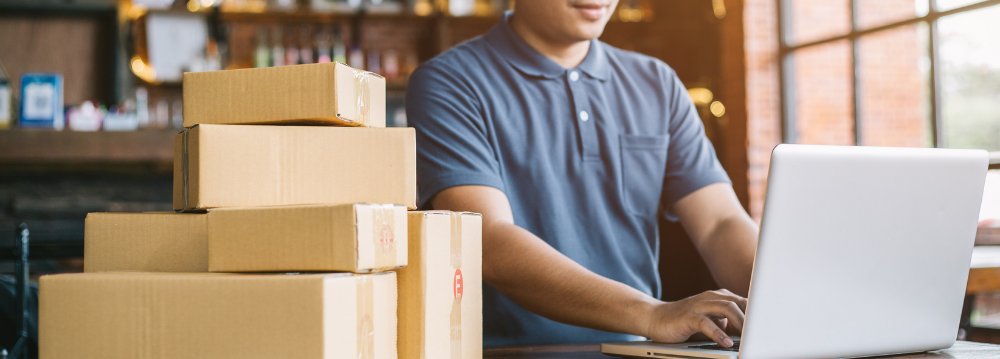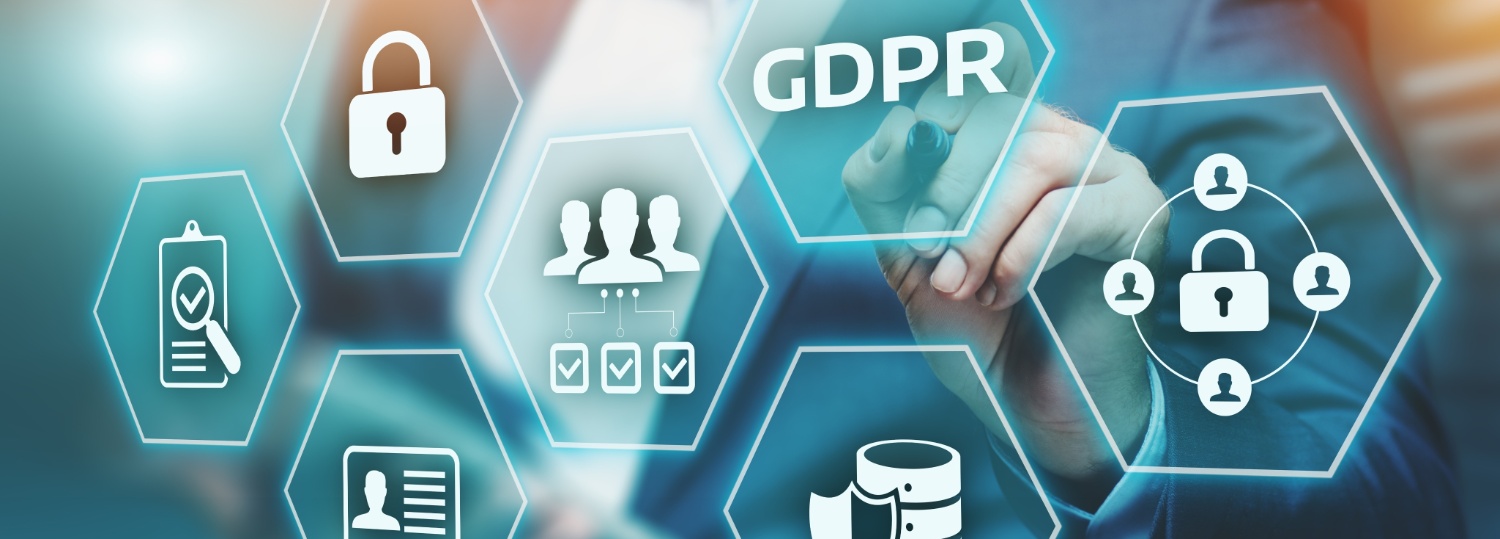Without being able to go shopping, Brazilians have adhered even more to ecommerce. Understand the new scenario of this sector in the country
The Covid-19 pandemic brought on the need for social isolation, but that doesn’t mean that the desire and need to consume diminished. Without traditional access to physical stores, the Brazilian public looked to technology as a solution to the problem; as a result, 91% of Brazilians have made at least one online purchase over 2020. Comparatively, the first quarter of this year saw a 72% increase in sales in e-commerce stores in the country compared to the same period last year. What’s more, the percentage of people ordering food online went from 30% to 54% between 2019 and 2020, while grocery shopping went from being made by 9% to 30% of the public.
Much of the sector’s success is due to the accelerated digitalization of Brazilian society, something that had already been happening for some time even before the pandemic, in particular with the huge amount of cell phones present in the country: according to Statista, almost 70% of Brazilians ( around 90% of the adult population) have a smartphone. This explains why online shopping via cell phones has grown 36%, according to a survey by Visa. And the good news does not stop there.
The emergence of digital banks, cheaper and created with the digital generations in mind, has helped to reduce the portion of the population without access to banking services and credit. With more cell phones, better connectivity and better services, Brazilians started to consume more, quickly adopting digital payments, such as Pix, contactless payment and digital wallets.
What does the future hold?
The pandemic is showing signs that it is starting to be under control in the country, with some restrictions already being lifted and activities such as tourism, entertainment, and shopping resuming some degree of normalcy. But this does not, by any stretch of the imagination, suggest a slowdown in online shopping activities.
In fact, forecasts suggest that online sales will reach the impressive $26bn mark by the end of 2021, helping the trade remain positive with a 44% increase overall, even as physical sales fell by 22%. For the coming years, research by AMI suggests that the online sales sector will continue to grow at a CAGR of 30% per year until 2024, while the Worldplay for FIS survey predicts 54% real growth in overall commerce in the country, compared to 19% on average worldwide by 2025.
Naturally, these figures are very attractive and should encourage B2C companies to invest in online sales to Brazilian consumers. However, it is important to note that understanding the payment context in Brazil is a fundamental differential.
Brazilians tend to prefer familiar payment methods and offers with local currency, creating a more secure feeling towards the transaction by avoiding exchange fluctuation and counting on methods that they routinely have access to. An example of this is in the fact that, according to a study by AMI, 36% of Brazilians have a credit card, up from 27% in 2017, a good growth, but still not much compared to the 62% who already use instant payment method Pix. However, only 8% of credit cards used in Brazil have international enablement, which effectively limits the participation of outside companies in this highly heated market.
The population also follows the digital payments tendency: e-wallets are growing in the country, being responsible for 17% of all online purchases made in 2020. But more than that, the instant payment PIX is the fastest growing method, reaching 73% of the online population. All of this is only possible thanks to the high smartphone penetration, that reached 90%, upscaling the usage of mobile to shop and reflecting in the desire for agility, including payment process.
Digitalization also made another point more viable: shopping from foreign companies. The Brazilian consumer is buying more from international merchants, something that carried some mistrust a few years ago, but is getting normal and easier now, especially when the seller offers local payment methods and local currency, as mentioned before.
So, for companies looking to explore e-commerce in Brazil, it is crucial to look for a local partner that understands the country’s business practices and rules and brings local payment solutions. Besides optimizing the consumer experience and expanding your potential customer base, this also helps to avoid bureaucratic and tax obstacles, directly impacting the effectiveness and profitability of the operation.
Want to learn more about how your business can flourish and the role payment methods pay in that? Then download our exclusive guide about the rise, the main trends, and the biggest challenges in selling digital goods in Brazil:






